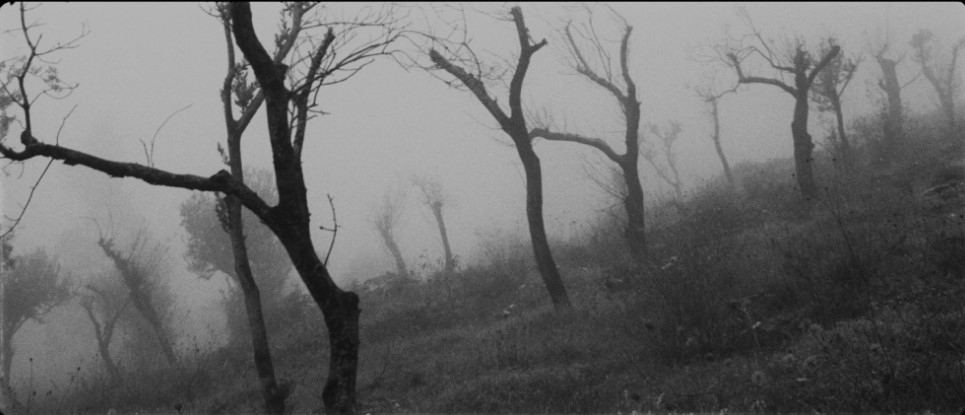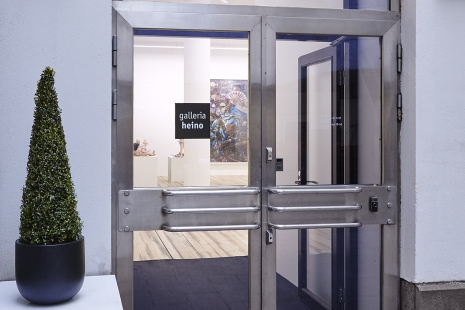Two wars is divided into two acts, World War I and World War II, a work of thinking, imagining, presenting and telling. The first act takes place in Monte Cassino in central Italy and the second ten kilometers south of there in the village of San Pietro Infine.
During the First World War, a prisoner of war camp was located in Cassino, and one of the camp’s most famous prisoners was probably the young Austrian philosopher Ludwig Wittgenstein. Wittgenstein, who voluntarily fled bourgeois life to the war, had just before being captured finished his work Tractatus Logico-philosophicus (which remained the only published work during his lifetime). The Tractatus introduced the so-called the “image theory of language”, according to which all meaningful sentences are images of possible states of affairs in the world.
One of the famous battles of the Second World War (December 8-17, 1943) took place about 20 kilometers south of the prison camp known to Wittgenstein, on the outskirts of the village of San Pietro Infine. The young American film director John Huston, who gained fame with his film The Maltese Falcon (1941), had been commissioned to shoot a documentary about the battles for Allied propaganda use. Huston had the idea to shoot the first documentary film that would be filmed in the middle of real battles. Unfortunately, he was late for the actual battles and also got to see how filming the war was impossible. War is an event invisible to the camera, at least in the sense of how Huston, as a Hollywood director, imagined filming it. Huston decided to stage the battles and filmed them several weeks after the actual events. San Pietro Infine was bombarded a second time. It was no longer important to describe reality as it is, but only that its description should be believable. Until the end of his life, Huston told war stories about the battles he bravely documented on the front lines.
In the first war and the screening of this work, we think about how sentences are pictures of the world’s possible states of affairs, and in the second war, things are imagined and illustrated as a film.
I felt it necessary to paint the Don Juan Tavera Hospital smaller than it is because it covered the Bisagra Gate and because the dome of the hospital was too high, crossing the city skyline. Since I made the hospital smaller and changed its location, I thought it was better to photograph its facade than the other aspects of it. You can see the actual location of the hospital in the city on the map.
(Dominikos Theotokópoulos (1541-1614) – better known as El Greco for his painting The Tempest over Toledo, 1599-1600.)
Jan Ijäs





